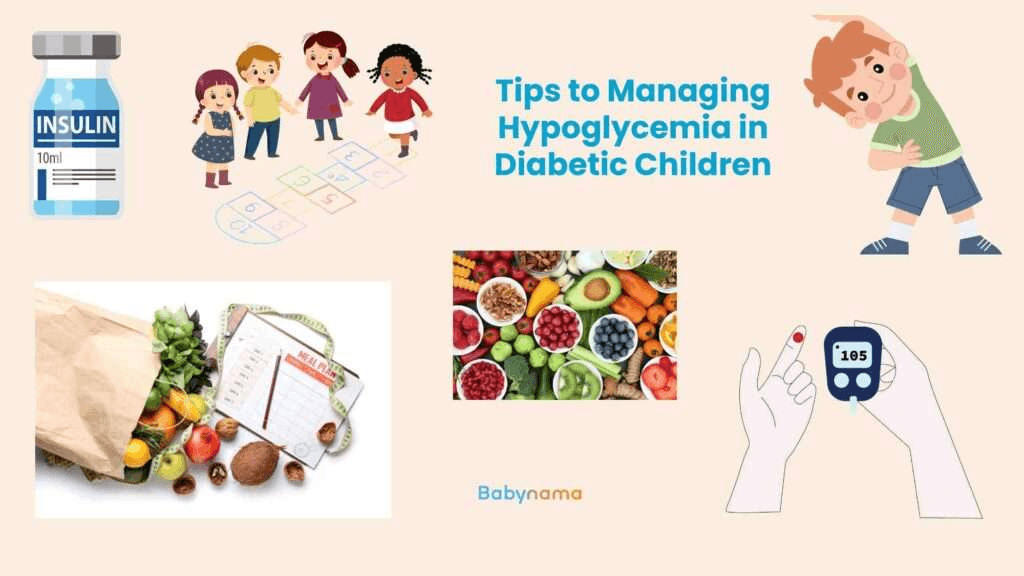
Did you know that over half of all deaths of children under the age of five in India are due to malnutrition?
According to the Global Nutrition Report 2018, India has 46.6 million malnourished children, a third of the world's total.
Malnutrition is a significant challenge for any country's economic and social progress. As well as causing cognitive impairment and lower school and work performance, malnutrition during the first 1000 days of a child's life has been linked to stunted growth. When it comes to child malnutrition, several factors like poverty and maternal health illiteracy play a significant role and infections such as diarrhea. Malnutrition is frequently linked to low birth weight, recent diarrhea, and developmental delays in many underdeveloped countries, including India.
Let's learn how to help children who are malnourished.
What Is Malnutrition?
Malnutrition is a result of an unbalanced diet. If a person consumes too much or not enough food or necessary nutrients, they are at risk of becoming obese. A person's body may be deficient in vitamins, minerals, and other nutrients if they suffer from malnutrition.
Insufficient food consumption can lead to malnutrition. Malnutrition can occur in persons who eat a lot yet do not vary their diet enough.
The term "malnutrition" refers to a lack of nutrition and can be used to describe a variety of conditions, including-
- Undernutrition - not getting enough nutrients
- overnutrition - consumes more of a nutrient than required.
Malnutrition can result in the following-
- health issues, both short-term and long term
- time-consuming healing of injuries and illnesses
- an increased potential for infection
Deficiencies in some nutrients can lead to a variety of health issues.
For example, deficiency of vitamin A results in many children suffering from visual difficulties around the world. Scurvy can develop from a deficiency of vitamin C.





